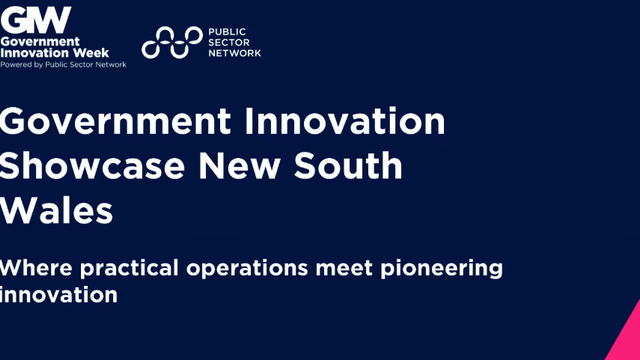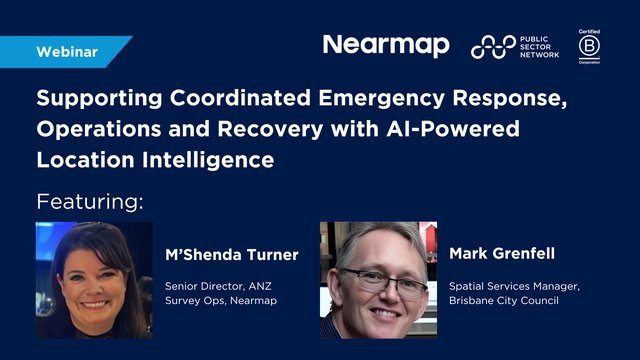According to a report published by the CSIRO, the benefits of artificial intelligence (AI) in the APS and machine learning are estimate to be worth AU$22.17 trillion to the global economy by 2030. Additionally Data61, the CSIRO’s innovation hub, estimates that digital tech (including AI) will contribute an extra $315 billion in gross economic value to Australia over the next decade.
As AI, automation and machine learning gain momentum, an increasing number of government agencies are considering or starting to use them to improve decision making, streamline processes and help solve challenges of significant importance.
Exploring Opportunity
According to findings in a European-based survey by EY AI in the public sector is expected to bring four main benefits:
- Optimising processes to become more efficient and productive. For example, public administrations can improve their workflows by using AI to route inquires, enabling automation of redundant work and reducing errors.
- Transforming services to make them better quality – and develop new ones. In healthcare, for example, AI can improve patient outcomes by analyzing individual patient information to personalised treatment.
- Engaging stakeholders so citizens, business and partners have a better experience. In transportation, AI can enhance the user experience for passengers by using historical and real-time data to predict demand and ensure that services are always available at the right time.
- Enabling employees to get better results with less effort. For example, virtual assistants can reduce time spent replying to basic inquiries, while predictive analytics enables more informed decision-making.
Compelling applications of AI in the government space include those that identify tax-evasion patterns, sort through infrastructure data, improve decision-making for farmers and agribusiness, or sift through health and social-service data to prioritise cases for child welfare and support. Or indeed, as we’ve seen over the last 18 months, help predict the spread of infectious diseases.
Building Maturity
Back in Australia, despite compelling use cases there is a considerable lack of maturity around the use of AI within the Australian Public Sector. At our recent Data Innovation Roadshow, which travelled to six capital cities across Australia we surveyed over 120 public sector data professionals from a host of Federal and State government entities to learn more about their AI journey and maturity.

For 24% of survey respondents AI isn’t currently on their radar, with their journey either yet to commence, or the technology not currently a priority. On the other end of the spectrum however 13% of respondents have, or are working on implementing an AI initiative. With the remaining 63% of respondents either aware of the opportunity, or only just commencing their planning phase and developing AI roadmaps.
AI Action Plan
Understanding the opportunity, and realizing the current lack of maturity the Australian Government has released Australia’s Artificial Intelligence Action Plan.
The plan sets out a vision for Australia to be a global leader in the development and adoption of trusted, secure and responsible AI. It includes actions the Australian Government is taking to realise this vision and ensure all Australians share the benefits of an AI-enabled economy.
This is being supported by a sizeable investment in the Federal Government’s 2021-2022 budget which outlines government support for AI through:
- investing $53.8 million over four years to create the National Artificial Intelligence Centre that will drive business adoption of AI technologies by coordinating Australia’s AI expertise and capabilities
- providing $33.7 million over four years to support Australian businesses to partner with government to pilot projects for AI‑based solutions to national challenges
- investing $24.7 million over six years in the skills of the future by establishing the Next Generation AI Graduates Program to attract and train home-grown, job-ready AI specialists
- providing $12 million over five years to catalyse the AI opportunity in our regions by co-funding up to 36 competitive grants to develop AI solutions that address local or regional problems.
Elsewhere around the country in Victoria, New South Wales and Queensland we’re seeing similar investments also into AI Hubs, the development of State-wide strategies and the founding of governing committees.
However, as noted by the digital.nsw AI Strategy, while AI provides significant potential, “because of the speed of technological evolution, the need to meet the highest privacy standards and to address ethical considerations, AI also presents new challenges. These include biases that AI can perpetuate when datasets are used without close examination, the legal complexities of AI being used to assist in decision-making, and the ability of certain AI technologies to self-learn.
For these reasons, AI needs to be developed responsibly and with a clear focus on outcomes so that the community has trust that the technology is being used appropriately, and that any unintended consequences are avoided or remedied quickly and effectively.”
To continue the discussion around AI, the ethical use of AI and how to build AI roadmaps and maturity join us in New Zealand on April 12th at the Aotearoa NZ Data & AI Executive Event 2022 , which brings together over 200 public sector data and technology innovation professionals.


































